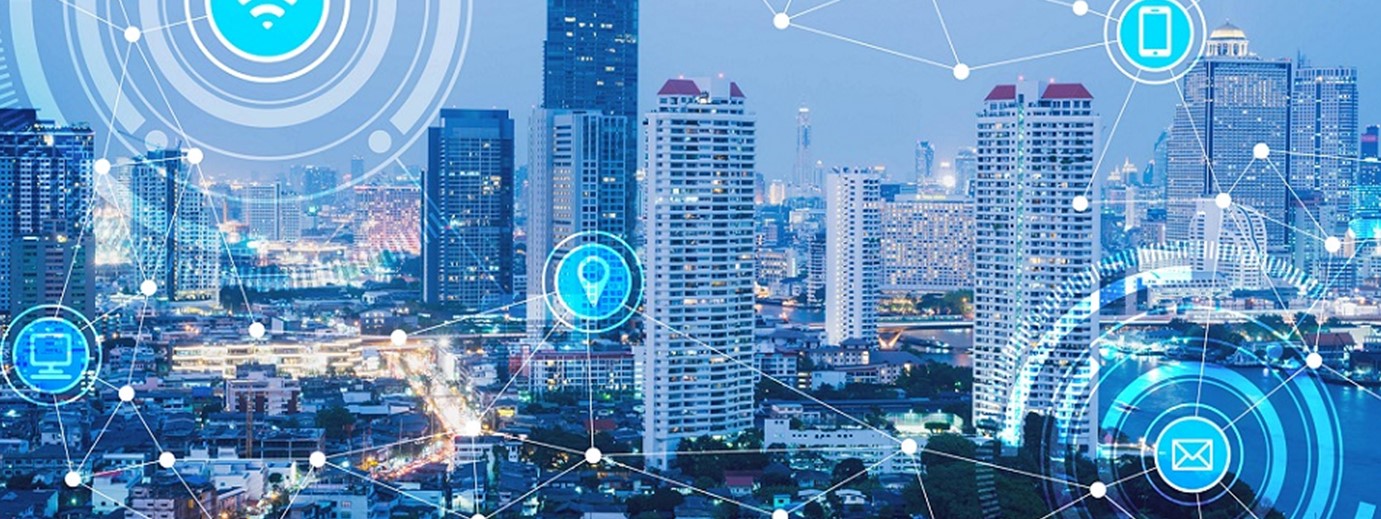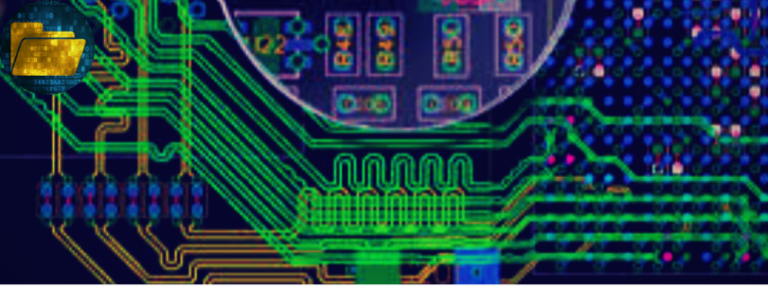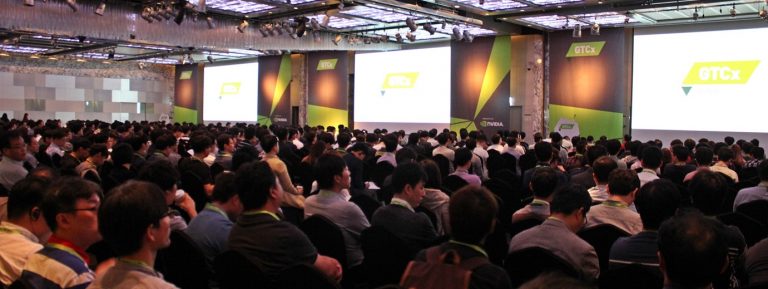When it comes to things like advanced technologies, career opportunities, and modern lifestyle- metropolitan cities offer limitless possibilities to every individual. According to a study by the United Nations (UN), 70% of the global population will live in urban areas by 2050 with many cities having more than 10 million people. This plainly reveals the challenges relating to hyper-urban growth and the mounting pressure on municipal bodies to continue to provide economic growth, infrastructure, and services while managing the scarcity of resources, mountains of refuse, the terrible gridlock of traffic, and air pollution. The answer to these challenges is here and it is Smart Cities. Smart Cities not only bring convenience and opportunities for its residents but also overcome growing urban concerns through intelligent connected systems.
What is a Smart City?
According to the IDC, the definition of a smart city is one that uses intelligent devices, Wi-Fi capabilities, and instrumentation technologies to achieve the primary goals of sustainable economic development and quality of life improvements for every individual living in the city. All these goals are achieved through improved service delivery, efficient use of resources (people, infrastructure, and natural), and the implementation of financial & environment-friendly processes.
Opportunities
Needless to mention- Smart Cities are now becoming mainstream vehicles to support the long-term economic growth and well-being of its inhabitants. Not just in the US, but even countries like Australia & India are gearing up towards building Smart Cities to promote a healthier and more sustainable way of living.
As per a Frost & Sullivan research, estimates found that Smart Cities hold a market potential of $1.5 trillion globally especially in the segments of energy, transportation, healthcare, building, infrastructure, and governance.
Let’s dive into some specific sectors that are already marching on the connected path to unlock new opportunities and tackle today’s issues
Energy efficiency: On the path of technology disruption, one of the most important aims of a Smart City is reducing pollution and saving energy resources. Hence, governments should invest in smart technologies and deploy smart meters and other systems that can deliver a clear picture of energy consumption across the city. Also, real-time data will be helpful in analyzing and identifying inefficiencies. This will support in predicting and mitigating problems such as power failures in bad weather conditions.
Smart environment for councils: Municipal corporations or council boards can effectively save a huge amount and improve departmental project efficiency by utilizing smart technologies that provide real-time data to manage resources in an efficient manner. The government should embrace a variety of apps such as- a smart city app to improve public services to improve non-emergency issues, smart bins to optimize the route of waste collection vans by only sending them to bins that are filled, and smart parking systems to ease town congestion by geo-locating the available parking area to drivers.
Transit system: Public transport will become the first preference for people around cities when they have quick access to information about transport. The government should think of innovative ways to make public transport quickly accessible. IoT in the transit space is connecting different modes of transport to provide real-time information, ticketing, road safety and predicting maintenance of public vehicles before it’s due. Hence, the government should embrace digital tools to understand how people travel in a city. Most importantly, they should work on integrating sensors in public transportation vehicles to prevent accidents on the road.
Health & social care: To enable better healthcare monitoring and secure living in the metropolitan city, it is important for the council to focus on developing technologies that create a safer environment. The government bodies for additional safety of senior citizens can unobtrusively collect data from wearables, smartphones, and other remote monitoring devices to make sure that smart cities are receptive to their resident needs. Also, some home modifications can ease accessibility for special needs and ensure that health vulnerable inhabitants are safe.
In a nutshell, smart cities- big or small- are and will continue to change the way of life as we know it. The benefits of smart cities are beyond just the experience: from overall city planning and forecasting to the ability to reduce resource consumption by harnessing real-time data through sensors. If planned, implemented and managed in a well-defined manner, smart cities can overcome increasing problems faced by citizens within metropolitan environments and create endless possibilities for a better tomorrow.



